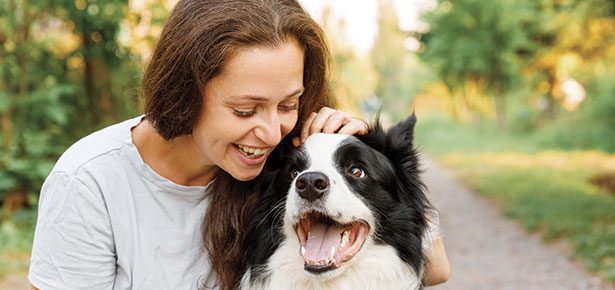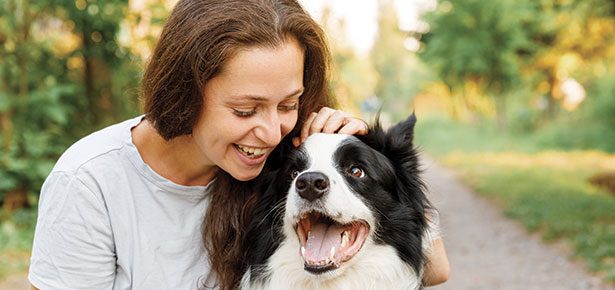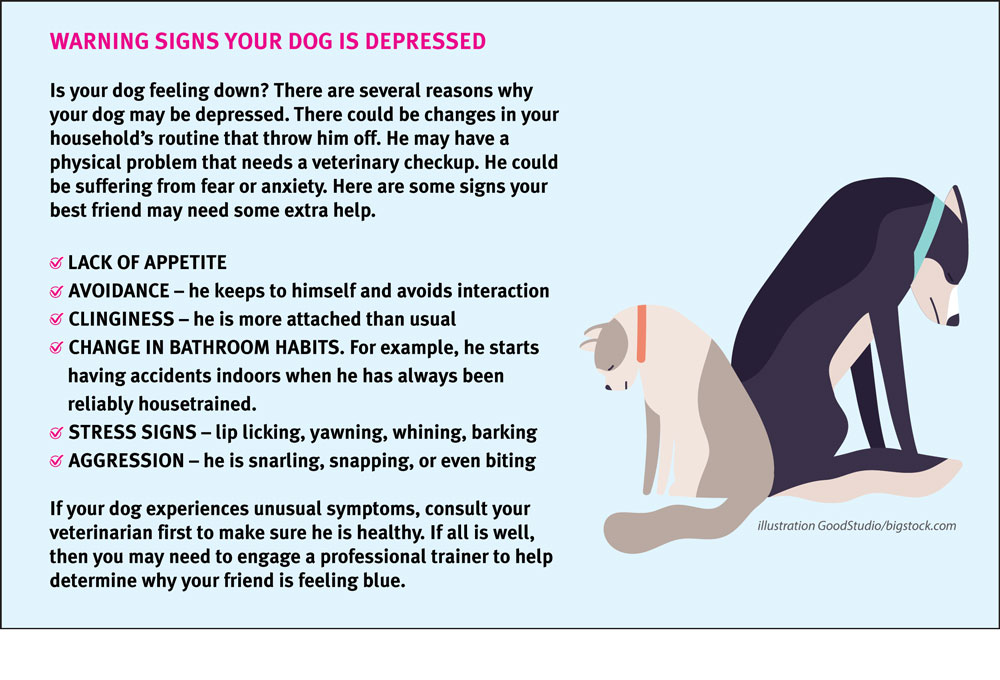

How to Be Your Dog’s Best Friend
Your dog is your best friend. But are you your dog’s bestie?
One of the joys of having a dog in your life is that no matter how long you’re away, your dog will greet you like you’ve been gone a century. You probably have family members who barely acknowledge your arrival, but your dog throws a parade. He loves you on bad hair days, through different relationships, and even when you go on vacation without him. He wants to dig holes, pee where he likes, and chew your furniture. You tell him all these things are unacceptable, and he loves you anyway. Your dog is your best friend. But can your dog say the same about you? Here are four ways you can ensure you’re upholding your end of the friendship.
1. Your Attention, Please
If you get a puppy, your days pretty much revolve around him. You worry about potty schedules and feeding times. You follow his every move to ensure he doesn’t make mistakes or get into mischief. It’s a new love, and you spend tons of time together. As your dog gets older, it’s only natural to transition to spending less time with your furry friend. Though you probably can’t spend 24/7 with him, do make sure you are making time for him every day.
Days get caught up with multiple responsibilities. You have work, family, hobbies, friends. Your dog has you. You’re the center of his universe. He needs your attention. Play with him. Snuggle. Explore activities to find his favourites. Best friends spend time together.
>>> Try the 10 Minute Miracle
We get it, some days are just really busy. But even on the most over-scheduled days, you can still make time for The 10 Minute Miracle, a concept created by the toddler and Gentle Parenting experts at Big Little Feelings. Our dogs are basically toddlers, so applying this idea makes sense. It holds that quality time is more important than quantity, and a short period of focused attention can be transformative. So for 10 minutes—set a timer, if you’d like—put away your phone and focus solely on your dog and what he’d like to do. What’s his jam? Tug? Fetch? Petting? Whatever it is that lights your dog up, do that, and only that, for 10 minutes, giving your dog your undivided attention.
2. Train Him
Dogs are not born knowing how to follow our rules for behaviour. You need to teach them. It’s in both of your best interests; dogs with good manners get taken more places. Here are some core behaviours every dog should know:
• Name recognition. Teach your dog to look at you when you call his name, giving you his full attention. You’ll use his name before cues, such as, “Fido, Sit.” If you don’t have your dog’s attention, he won’t listen to you. Make sure you’re not just using your dog’s name when he’s done something naughty or you want him to stop doing something.
• Come. Your dog should come when you call him, the first time you call him. This is convenient, like when you’re getting ready to take him for a walk. It’s also a safety issue, in case he slips his collar and gets loose in the neighbourhood.
• Sit. This has many applications, such as sitting nicely when you put on his leash or take it off, sitting for petting instead of jumping on someone, sitting so you can clean his ears or apply eye drops, etc.
• Walk nicely on leash. No one likes to be dragged down the street! If your dog is no fun to walk, we’re guessing he’s getting fewer walks. If you have a large dog, this is also dangerous—even if friendly, a big dog can pull you down if he sees a squirrel and gives chase.
• Down. If your dog is lying down by the dinner table, he’s not jumping up on it begging for food. It may be easier to groom your dog if he’s lying down. You can also teach your dog to lie down in a specific spot, such as his bed, for a “Place” cue. This helps him learn to settle when there’s activity in your home, such as guests. If your dog is not a pest, he’ll be welcome more places, like Grandma’s house and book club, perhaps.
There are plenty of advanced behaviours to train, such as Leave It, Take It, Drop It, Fetch, and more. And don’t forget tricks! Shake, Wave, Sit Pretty, Spin, Play Dead… the list is endless. The more you train your dog, the more you strengthen your relationship. You’re also giving him much-needed mental enrichment. Always remember, training should be fun! Keep your dog engaged so he
enjoys learning.
3. Make Sure You’re Meeting Your Dog’s Exercise Needs
All dogs need exercise. How much and what kind will depend on your dog’s age, health, and breed (or breed mix). For example, a teenage Golden Retriever is going to need a lot more exercise than an elderly Pug. Ever heard the saying, a tired dog is a good dog? There’s truth there. Know that a lack of proper exercise often is the source for behavioural problems, such as destructive chewing and barking. A bouncy, bored dog will find ways to be active, and you may not agree with his choices! Exercise requirements vary widely depending on breed, age, and condition, but a general rule of thumb is 30 minutes to two hours of activity every day—not just on weekends.
4. Teach Him How to Be OK Alone
While you should give your dog attention every day, there can be such a thing as too much attention. If your dog is so dependent on you that he can’t be left alone, this is not healthy. A dog who won’t eat when you’re gone, hurts himself trying to escape a crate or house, tries to chew through doorways or windowsills, and screams himself hoarse is a dog having a panic attack. This requires professional help.
Early in your relationship, teach your dog to play with interactive toys to keep him occupied when you are busy. Give him time to take naps. Teach him that he can be ok by himself until you return. A dog who can self soothe is a mentally sound dog.
The bond you share with your dog is unique. There will never be another dog like him in your life. Be there for him, as he always is for you. That’s what best friends do for each other.
Join the newsletter and never miss out on dog content again!
"*" indicates required fields
By clicking the arrow, you agree to our web Terms of Use and Privacy & Cookie Policy. Easy unsubscribe links are provided in every email.
